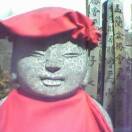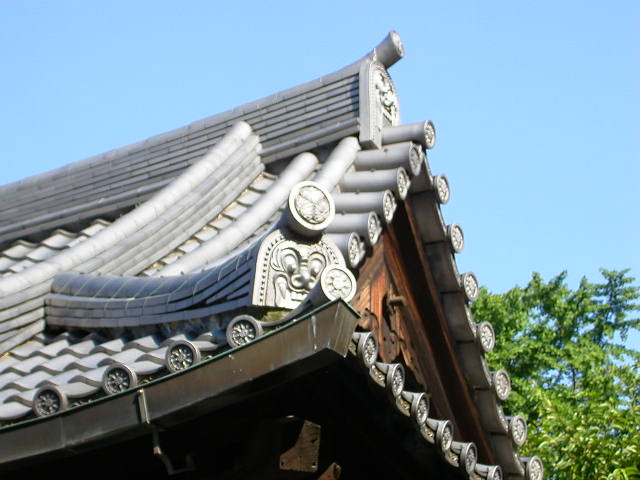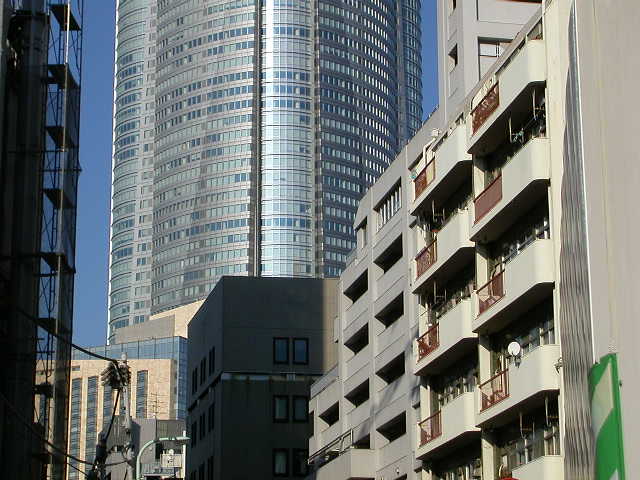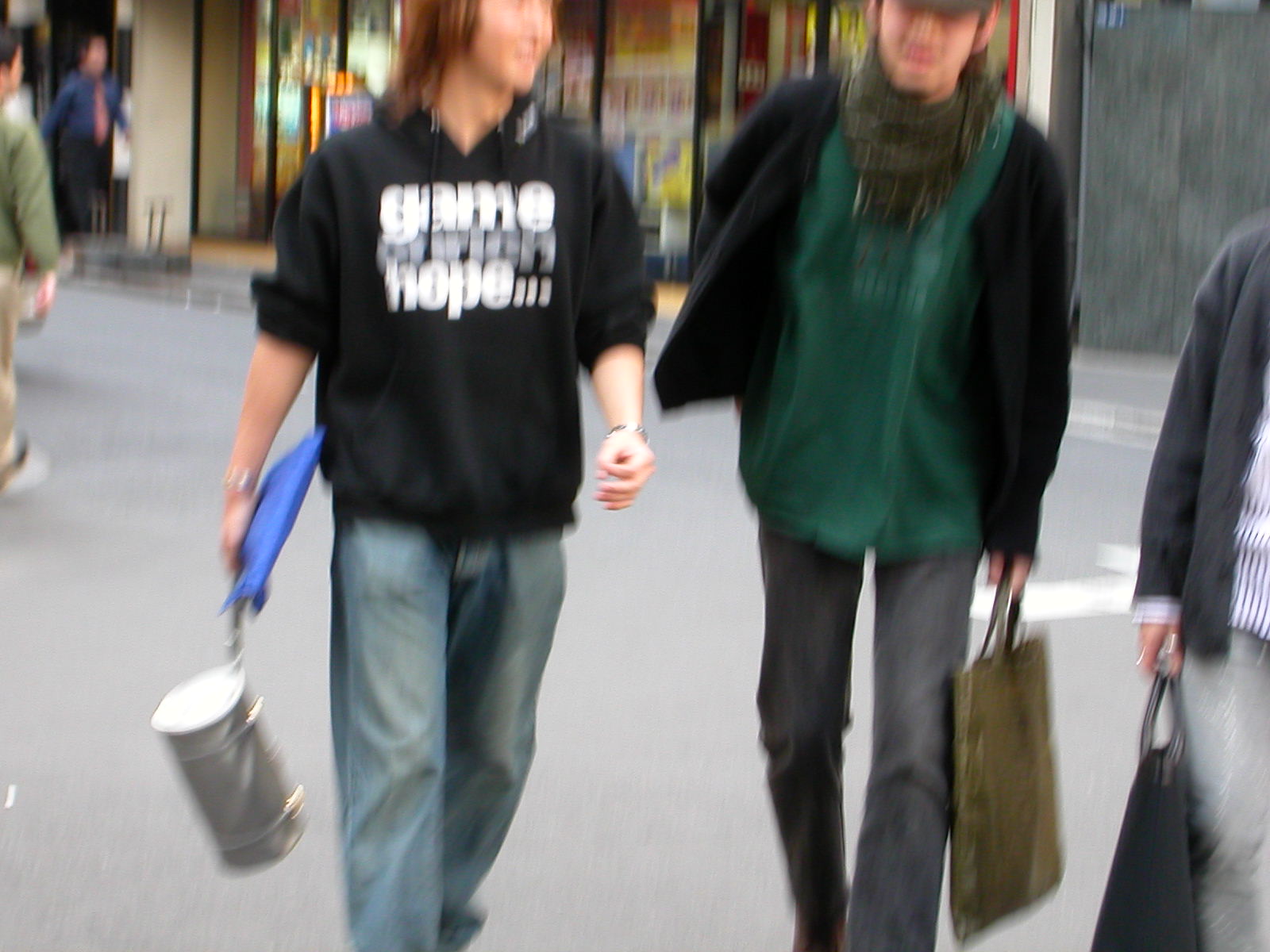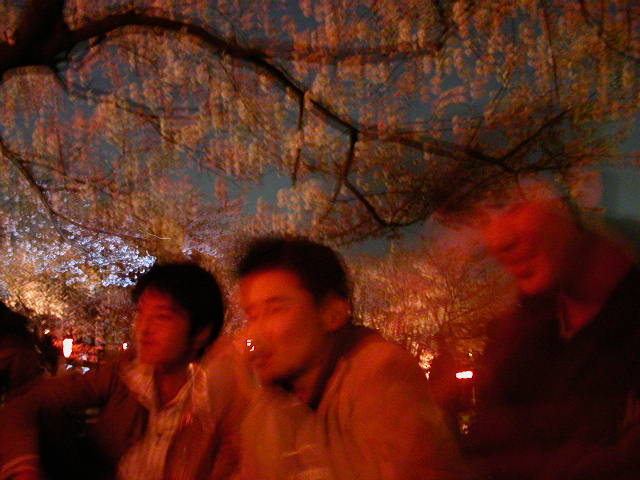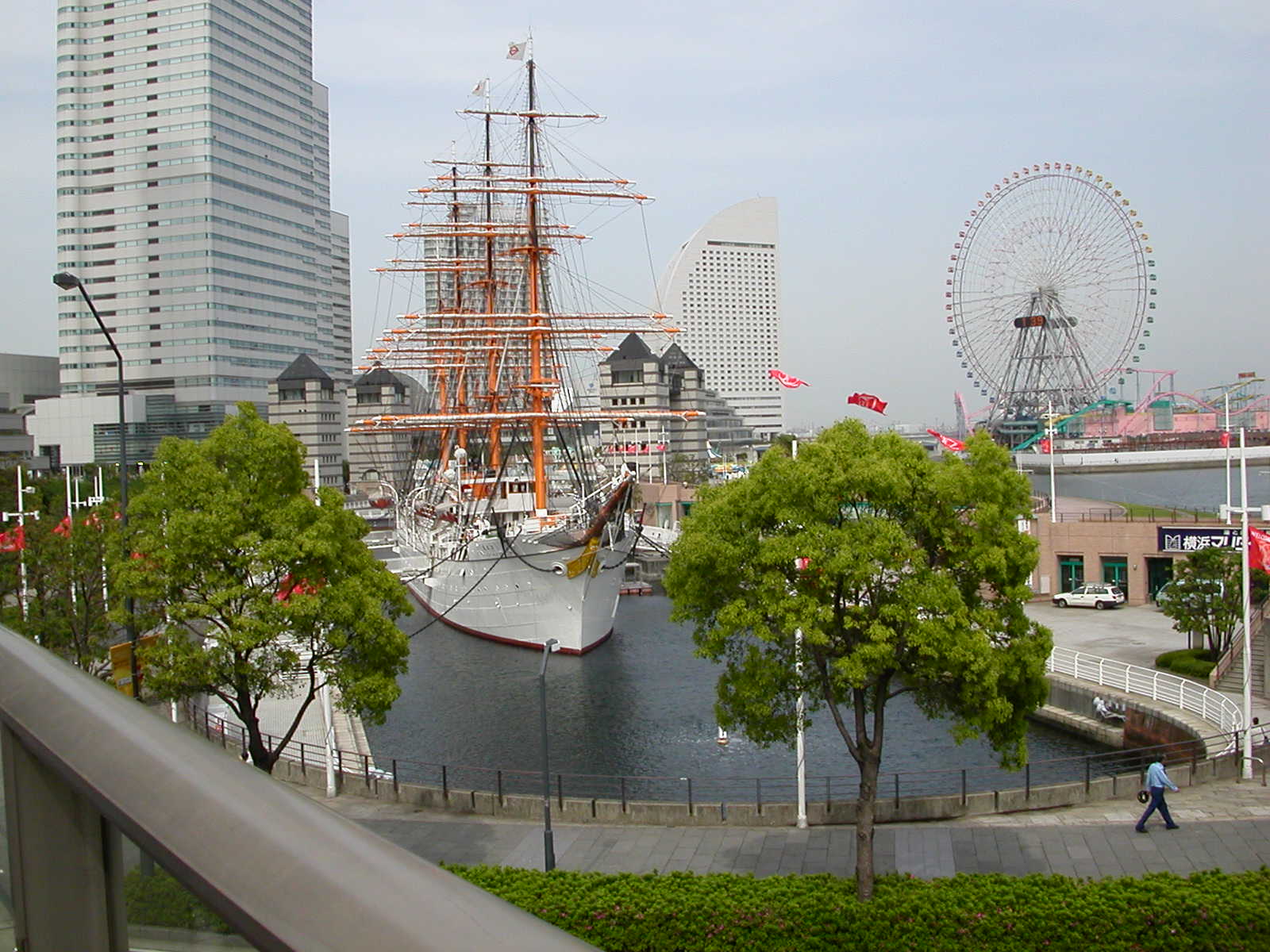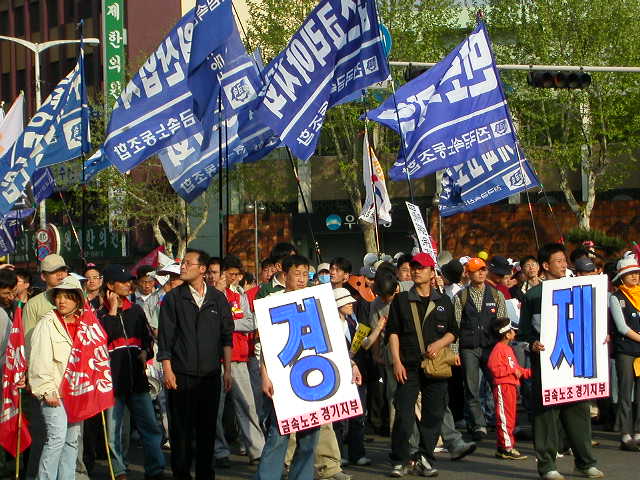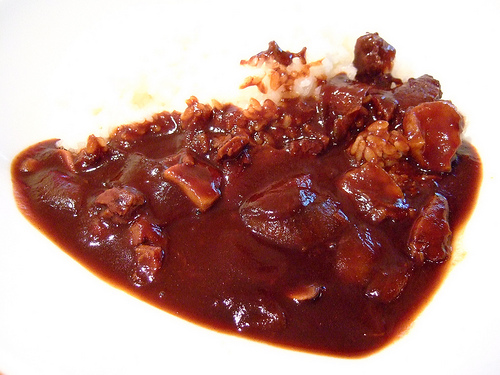| |||||||||||||||||
Friday, June 20, 2008
Mugitoro (Asakusa)
EMPTINESS. For the past few weeks the way I look at Japan has been mysteriously turned on its head, twisted around, and punctured through, thanks to the influence of a little book, which I bought with a gift voucher which my telephone company gave me when I won employee of the month (again). The book is The Empire of Signs by Roland Barthes, the French semiologist, who made a trip to Tokyo in the late 1960s. After visiting Japan, Barthes concluded that emptiness was the essence of Japanese culture. In his 1970 book Barthes realized Japan as an immense reservoir of empty signs. Packages, bows of respect, the lack of a logical, ordered system for addresses of domiciles in towns and cities. The complete lack of street names. Framed by void and framing nothing (or framing a nothing), the Japanese thing shows itself as essentially form and emptiness, spotlighted on a matte black background. The funny thing is, I had already noticed that matte black background effect in Japan, but I just didn't have the words to think it, and express it, until I read Barthes. Countless times walking around Tokyo, starting with one grey afternoon on the crunching gravel of Yoyogi Park, I have had glimpses of the void -- each person walking in their own void, flung out to the corners of the cosmos, by a universe which is inflating even as we speak. Starting with one bustling hot afternoon near Kanda Station, I have experienced this repeating episode: it is like I am not even there, and all that exists is the world around me. Like a movie that nobody is watching, or a TV playing in an empty room. Alternatively, sometimes it is the outer world which drops away, and I feel a kind of spotlight swing on to me. Finally I understand: this is my show, it is showtime, and I am an actor on the stage (and there is nobody in the audience to watch it.) What a revelation -- it (life) was all just a game for me, a manifestation of my soul! A TV playing in an empty room -- an actor on the stage and there is nobody in the audience to watch him or her perform. These are both original Zen koans of mine and if you concentrate on them hard enough, you will reach satori! At least I have, on the odd occasion, thanks to concentration and the aid of herbal highs. Books can be a form of natural high and the ultimate smart drug. Reading Barthes' book has taken me to a deeper level of understanding, and totally rejuvenated my relationship with Japan. Curiously enough, it has also ignited my interest in Japanese food.
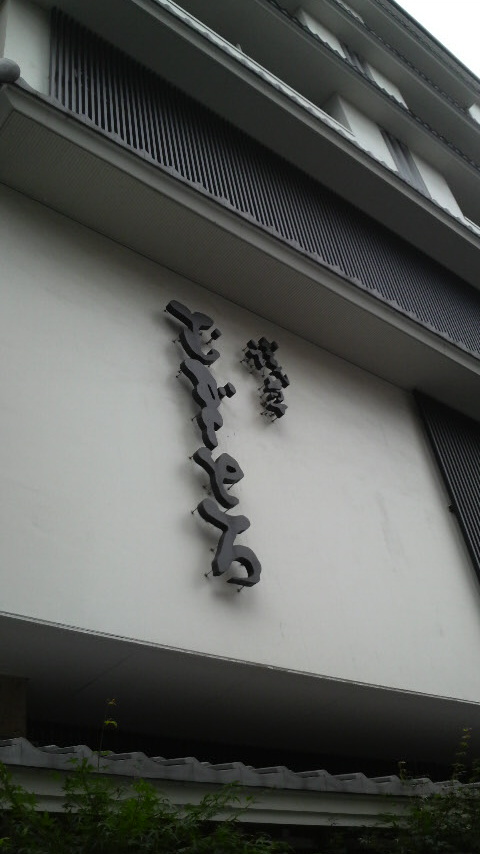
Today I finally had a chance to seriously encounter the mugi and toro cuisines, and devour them both en masse. If Japan is indeed the land of emptiness and empty signs, then you couldn't get an emptier cuisine, than the mugi/toro combo. It is certainly almost zero calorywise, and approaches the void when it comes to a discernible taste, too. But nonetheless, is filling, and it is hearty, and it is healthy -- and if you cook it yourself it is cheap as well. This is traditional Japan, as one Japanese language blooger posted. My students say they are the kind of food you would eat at home -- simple and unpretentious. In a nutshell, tororo is grated yam while mugi is Japanese for barley. More accurately, tororo is the Japanese term for grated Dioscorea opposita, a type of yam known as either nagaimo or yamaimo in Japanese. It is used in the Japanese cold noodle dish tororo udon, which I have slurped plenty of times, in the heat of summer out of compile it yourself combini obentos. Mugitoro is tororo served atop mugigohan (rice boiled with barley). It is said that these are very healthy foods. The barley and rice makes a good combination with the rice's pristine whiteness interspersed, Zebra skin style, by the dark crack lines in the barley. The tororo sauce, served in a seperate dish, is kind of a hearty brown stew, flavored with soy sauce. This photograph is a restaurant of "Mugitoro" in Asakusa. I went there with my Friday noontime student Mrs Sasaki, still reeling from my loss of deep Friday morning lie ins. It was a gray day in the heart of the rainy season. The Mugitoro restaurant in Asakusa, which is located at 2-2-4 Kaminarimon, Taito-ku (website here) specializes in rice cooked with barley, and then topped with grated mountain yam. The result is incredibly gooey, but quite delicious. The set courses come with other traditional Japanese dishes. Famous Genkotsu yams from Akita Prefecture, which take five years before they are ready to harvest, are the secret to Mugitoro's popular taste, according to one online Asakusa guide. Mugitoro-gozen (\3,675) is the house special, and lunch is available from \2,625. Mrs Sasaki and I sat for something like an eight-course meal, so perhaps it was the mugitoro-gozen. As usual in Japan, the dishes were beautifully prepared, minimalistic Zen, and sometimes even wrapped and packaged, like a present. Another empty sign waiting to be unpacked, as Barthes would have said had he been here!
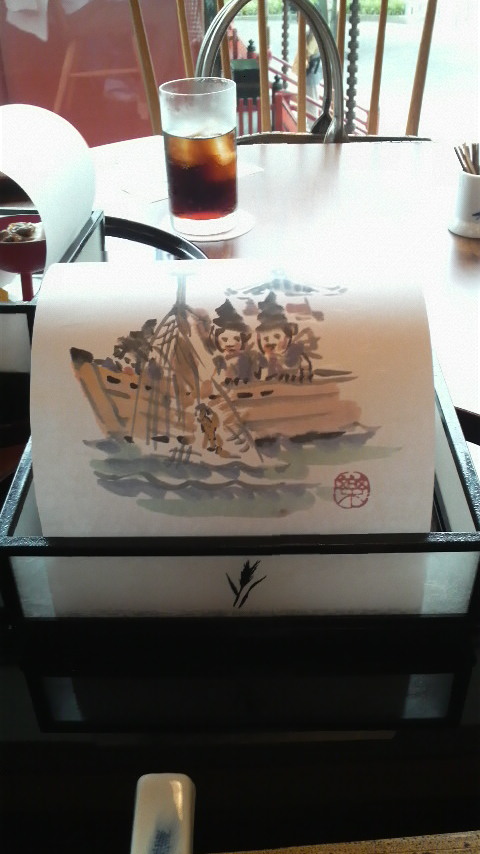
All the chopstick holders, square paper and wood dishes, napkins, etc, are embellished with barley motifs. Barley is what makes this place, along with grated yam. The flavors are restrained, though hearty. The dominant color is white. There is something about the purity of the color white, an emptiness which is surely Zen. For example, I am not sure what this following dish is -- it was suggested to me that it could be yuba (which I last dined upon with my cousin Kellie up in the beautiful old city Nikko.) At the time I met this dish at Mugitoro, I thought it was cheese melted over the top of something. It didn't taste of anything in particular, but the sauce it was in, was a hearty soy sauce mixed with citrus yuzu (taking me back briefly, in my tiredness and natural high, to my trip to Shikoku the heart of yuzu growing country in 2005.) There is a dab of wasabi on the top.
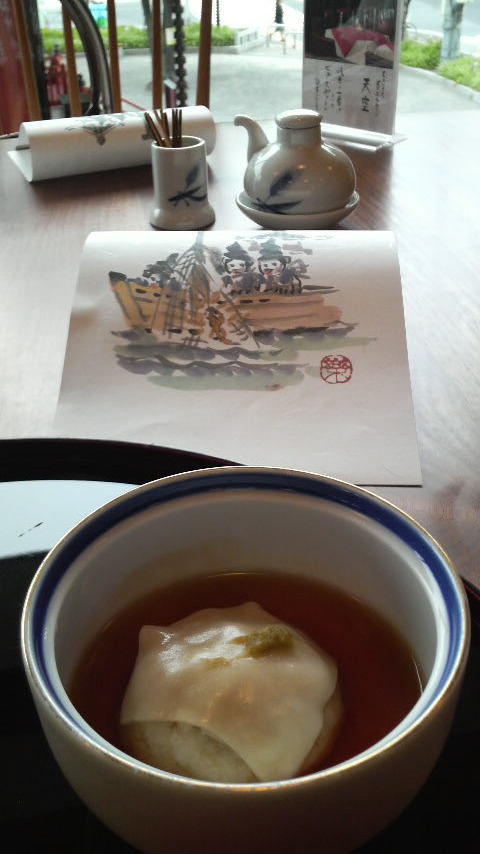
How about this gorgeous dish, which appears to be grated tororo punched and punctured through with bits of cucumber (highlighting the freshness and the essence of the cucumber on a stark white background, as Barthes might have said had he gobbled this), the odd piece of sashimi fish, dropped on a soy sauce foundation:
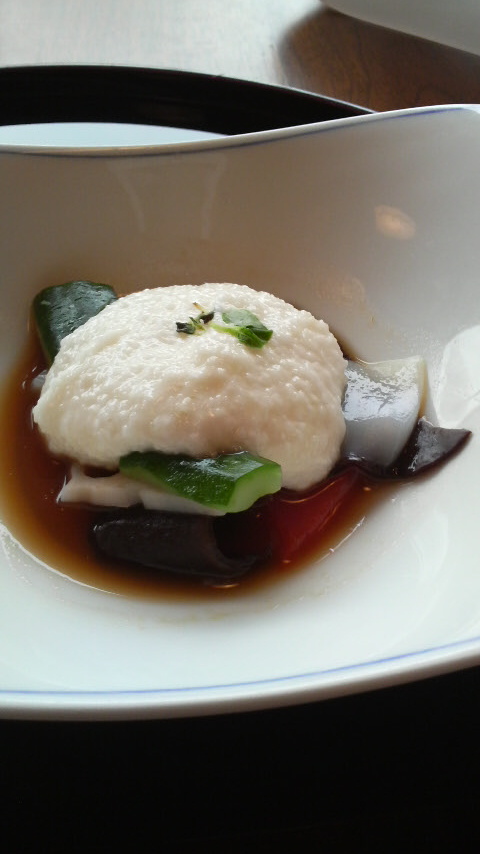
After many side dishes, came the main event: mugitoro. You can see it in the background of this photo -- the brown sauce, and the blue bowl filled with rice and barley grains. I was starting to feel full by this stage, and couldn't finish my grains (neither could Sasaki san!) But the great thing about eating all this empty food, that within 2 hours of stumbling bloated out the door, you're feeling hungry again. Such is the essence of emptiness.
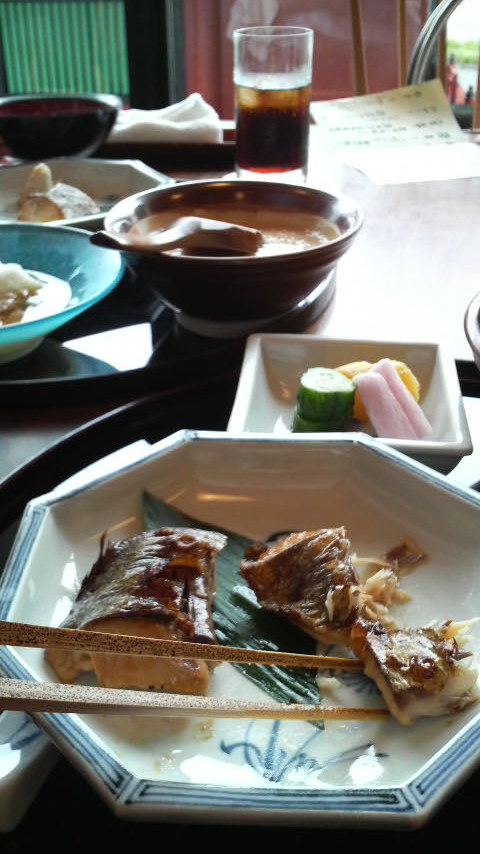
ASAKUSA RESTAURANTS AND CAFES
arizona kitchen | ef gallery | heijouen | gaboh | mugitoro
|
||||||


